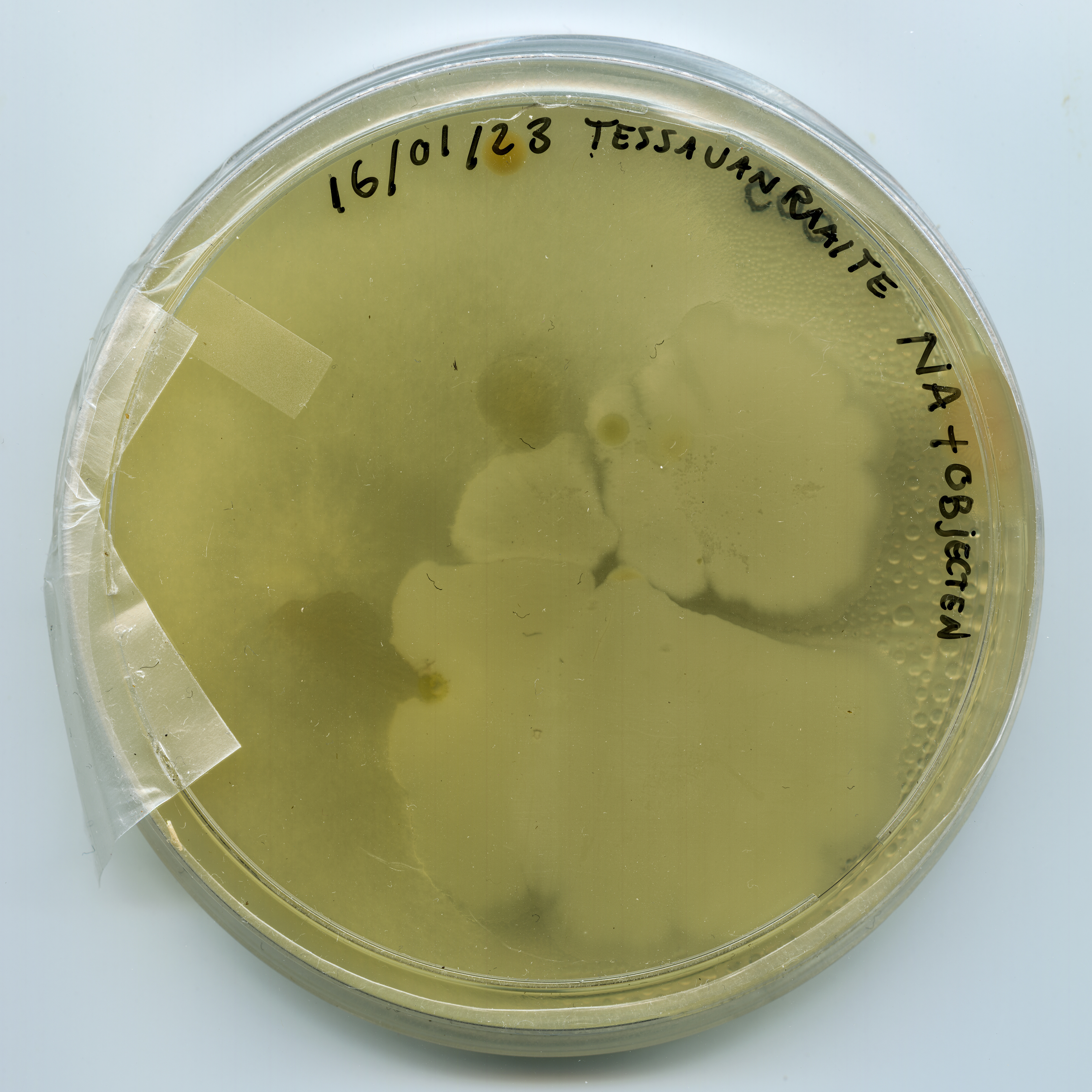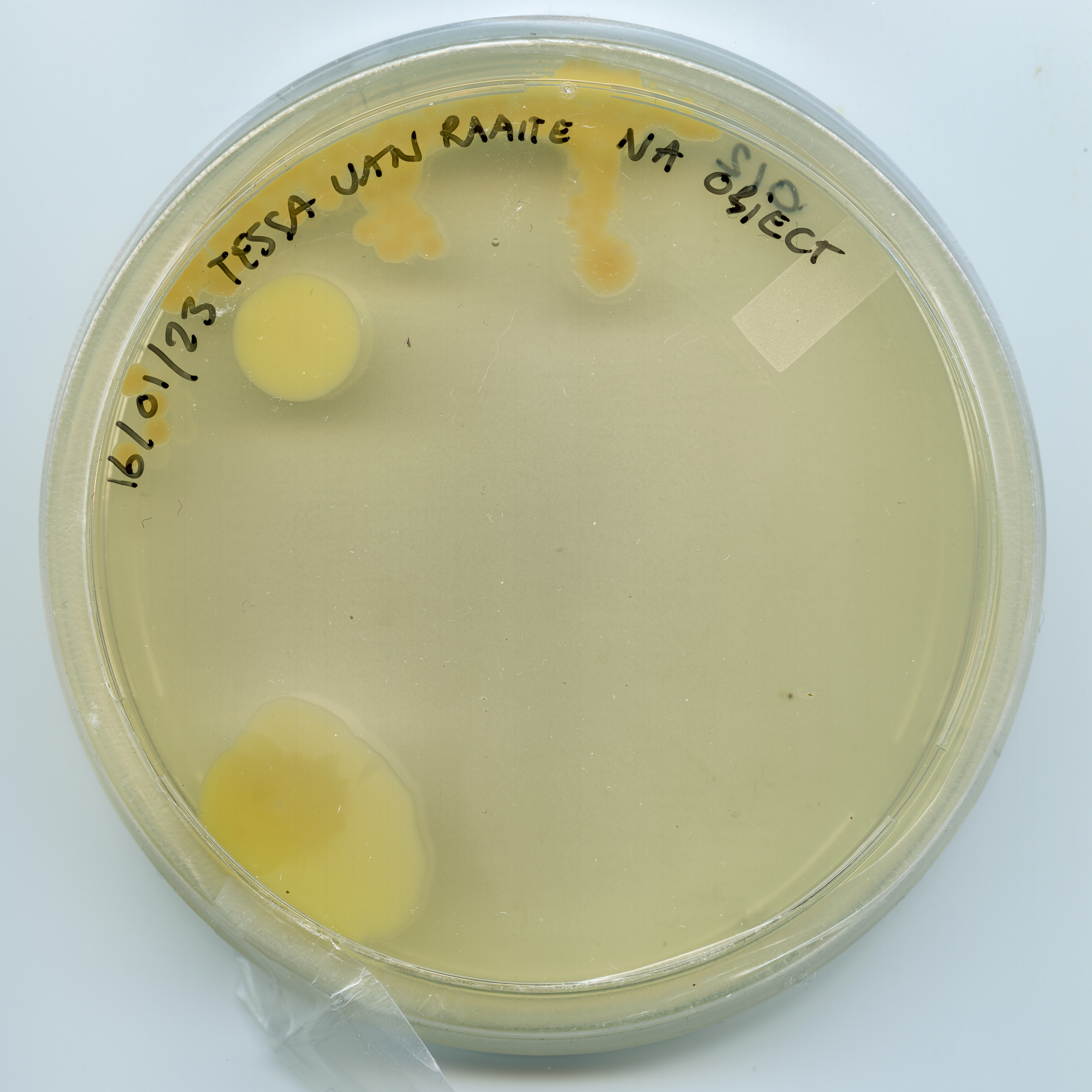


The management of a deceased’s belongings follows a process punctuated by four periods, depending on the relationship between the bereaved and the deceased:
- numbness: confronting the absence of the deceased and paralysis with regard to their objects.
- yearning: looking for the lost person through their possessions by trying to maintain a link to them.
- personal disorganisation: experiencing negative emotions toward the deceased, which may lead the bereaved to transgress personal values and throw things out.
- reorganisation/reconstruction: making the deceased “live” by forging another relationship to their possessions and revisiting the meaning of the consumption of products. (Valérie Guillard, 2017)
- numbness: confronting the absence of the deceased and paralysis with regard to their objects.
- yearning: looking for the lost person through their possessions by trying to maintain a link to them.
- personal disorganisation: experiencing negative emotions toward the deceased, which may lead the bereaved to transgress personal values and throw things out.
- reorganisation/reconstruction: making the deceased “live” by forging another relationship to their possessions and revisiting the meaning of the consumption of products. (Valérie Guillard, 2017)
In ‘something gleaming’, the focus lies on yearning and reorganisation/reconstruction. With these states of grief in mind a new ritual is formed for handling a lost ones items. By taking samples of the objects, micro-organisms were grown inside the biolab at HKU to form a living continuation of the objects. Besides that, a sculpture was made for a person to lie in and rest. It was made out of agar, glycerin and water which were also the main components used in the growth medium for the micro-organism colonies.





Photos from the exhibition 'Gather/Assemble'.